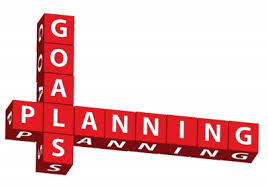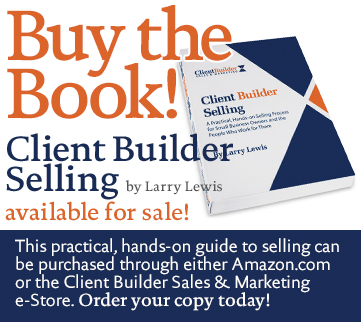 Firing someone is not an easy thing to do. One part of you doesn’t want to fire someone, and another part of you wants to do it so you can move on and invest your energy in a new candidate. The task is particularly tough when the salesperson is a marginal producer with a previously successful track record. If you are unsure whether to terminate a salesperson ask yourself this: If this individual walked into your office tomorrow and quit, would you be relieved or would you try to keep him? Your answer will determine what you should do.
Firing someone is not an easy thing to do. One part of you doesn’t want to fire someone, and another part of you wants to do it so you can move on and invest your energy in a new candidate. The task is particularly tough when the salesperson is a marginal producer with a previously successful track record. If you are unsure whether to terminate a salesperson ask yourself this: If this individual walked into your office tomorrow and quit, would you be relieved or would you try to keep him? Your answer will determine what you should do.
Unfortunately, most sales managers hang onto their marginal producers longer than they should, especially in tight labor markets. Sales managers are afraid to let someone go because they need a body in the position and someone (even a poor performer) is better than no one. For this reason, you should always be on the lookout for new sales talent. When you have a great candidate waiting in the wings it is a lot easier to let go of a poor performer.
This is the same reason that underlies our principle that says “the better you are at prospecting, the better you will be at selling.” When selling, when you have a full pipeline of prospects you are not afraid of disqualifying a prospect who isn’t a good fit. Similarly, when recruiting sales talent, if you have several good candidates waiting in the wings you won’t be afraid of letting go of a poor performer or turning down a candidate who is marginal. As a result, the overall caliber of your sales organization will rise accordingly.
In addition, when setting the standards for your sales team, your poor performers have a bigger impact in terms of establishing expectations than your top performers do. We like to think that by hiring a top performer he or she will raise the bar for everyone on the sales team, but it’s not so.
Hiring a top performer may motivate the top one or two salespeople to work harder in order to stay on top, but the bulk of your sales team will not do anything differently. As long as there is someone below them in terms of performance, the average salespeople will think this: “Hey, I am not the best, but at least I am not the worst.” Getting rid of your poor performers will cause the people in the middle of the pack to step up their game. They don’t care if they are first, but they don’t want to be last. The fear of losing their job is a powerful motivator.
As Brad Smart explains in his book “Topgrading” and as Jack Welch taught us when he was in charge of General Electric, the secret to building a culture of excellence is to routinely replace the poor performers at the bottom of your talent hierarchy with salespeople who have the potential to become top performers.




